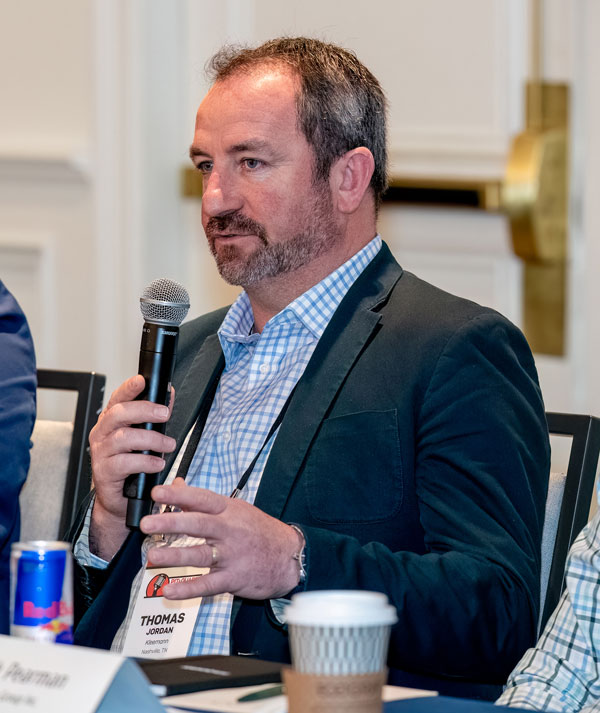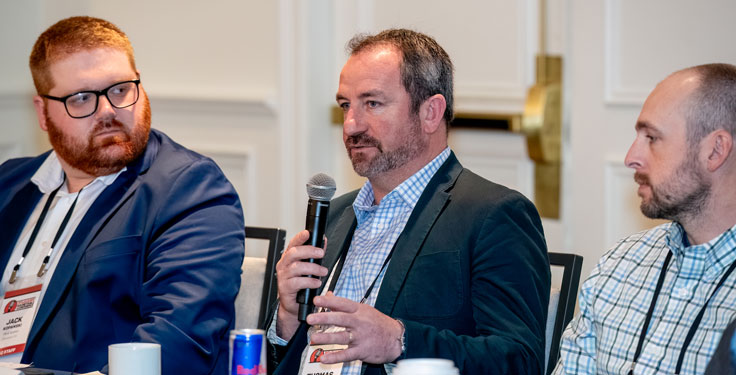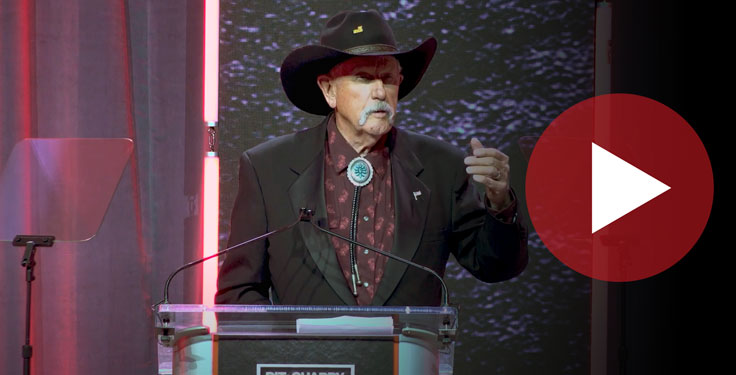
CHARLES GILBERT (ASTEC INDUSTRIES): Our customers in asphalt, concrete and aggregates are asking us for commonality. With commonality comes efficiency. That is probably our largest initiative, at least in the 16 years I’ve been with Astec.
Hopefully, with commonality comes cost savings to the customer and the end user because of the ability for us to manage those technologies.
BILL BEASLEY (XYLEM): We’ve taken technology as a challenge to help the customer get longevity out of their equipment through vibration analysis and things like that. Having a piece or a sensor that can let you know when things are beginning to wear and go bad so you can schedule the maintenance or the replacement is ideal, rather than waiting for something to break down and have to deal with those costs.
You can control pumps when you’re sitting at home on your phone, and you can start a pump from your phone.
PIT & QUARRY: For producers, how would you describe your ability to effectively source equipment and parts? Is the possibility of a recession this year influencing your desire to invest in capital equipment, and what impact, if any, are the elections having on your capex approach?
For equipment suppliers, do you feel the possibility of a recession this year and the 2024 elections are having an impact on capex? What purchasing trends did you see in 2023, and what do you expect to transpire regarding the nature of transactions in 2024?
OLIVER NOBELS (SCHURCO SLURRY): In 2023, there was more of an emphasis on repairing equipment rather than replacing equipment. Hopefully, that continues to happen for the producers’ sake in 2024, because it is more cost-effective to repair rather than replace sometimes.
What all that comes down to is training and workforce. We’ve had a lot of customers request training. I know it’s not easy, but training at the manufacturer’s facility is going to be tenfold more effective than on-site most of the time.
While you want to be able to do training when the equipment’s operating, if you’re trying to do training on repairs, doing it at a facility where you have the equipment and you can see different iterations of the equipment taken apart and put back together is very beneficial for whoever’s doing the repairs.
DOMINIC NASSO (BUFFALO WIRE WORKS): We formed a tech squad, made up of application engineers and seasoned veterans on the team to help reduce cell problems in the field in real time. We utilize technology to provide solutions and do it in real time. There’s a lot of turnover in the workforce, and we’re an extension of those solutions.
BENNINGTON: In 2023, because interest rates were still relatively low, people were buying new – partly because of interest rates, but also because the rental fleets had been completely used up. You could find some rentals if you were lucky, but they just bought.
Then, toward the end of the year, as interest rates started going up harder and harder, we saw a real shift back to rental fleets.
Related: How autonomy might redefine the quarry












